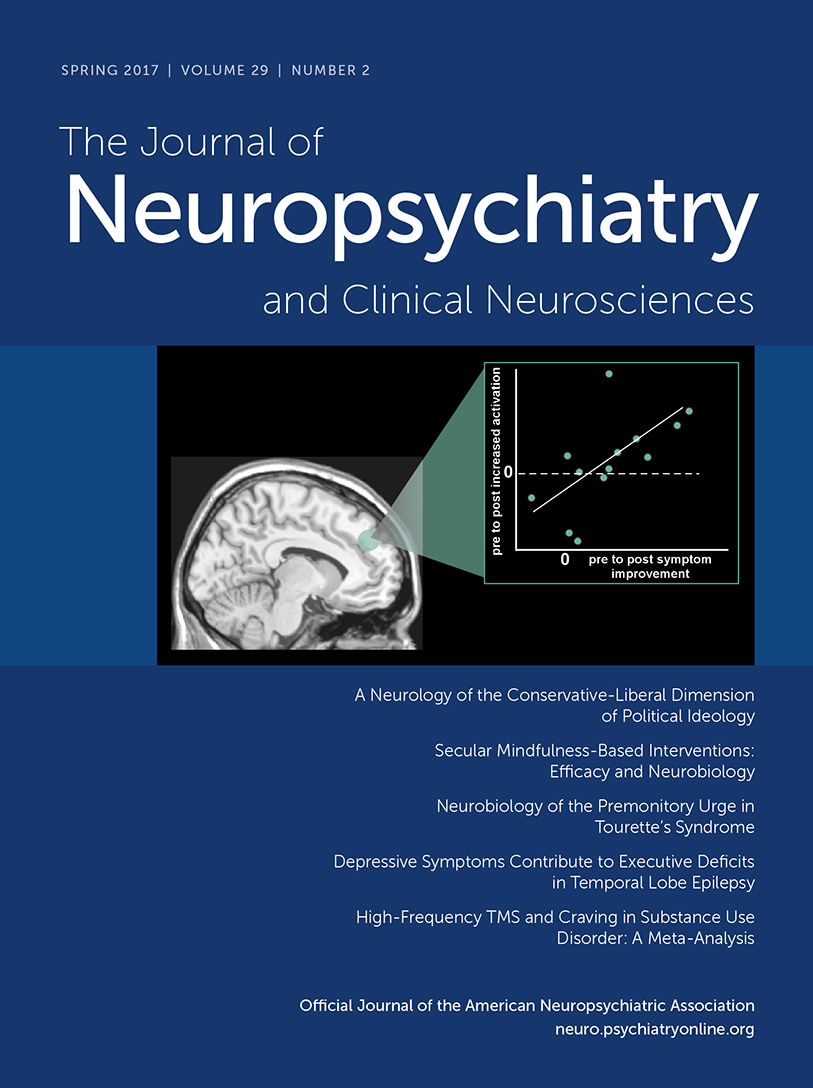Effect of High-Frequency Transcranial Magnetic Stimulation on Craving in Substance Use Disorder: A Meta-Analysis
Abstract
Repetitive transcranial magnetic stimulation (rTMS), a noninvasive, neuromodulatory tool, has been used to reduce craving in different substance use disorders. There are some studies that have reported conflicting and inconclusive results; therefore, this meta-analysis was conducted to evaluate the effect of high-frequency rTMS on craving in substance use disorder and to investigate the reasons behind the inconsistency across the studies. The authors searched clinical trials from MEDLINE, Cochrane databases, and International Clinical Trials Registry Platform. The PRISMA guidelines, as well as recommended meta-analysis practices, were followed in the selection process, analysis, and reporting of the findings. The effect estimate used was the standardized mean difference (Hedge's g), and heterogeneity across the considered studies was explored using subgroup analyses. The quality assessment was done using the Cochrane risk of bias tool, and sensitivity analysis was performed to check the influences on effect size by statistical models. After screening and assessment of eligibility, finally 10 studies were included for meta-analysis, which includes six studies on alcohol and four studies on nicotine use disorder. The random-model analysis revealed a pooled effect size of 0.75 (95% CI=0.29 to 1.21, p=0.001), whereas the fixed-model analysis showed a large effect size of 0.87 (95% CI=0.63 to 1.12, p<0.00001). Subgroup analysis for alcohol use disorder showed an effect size of –0.06 (95% CI=–0.89 to 0.77, p=0.88). In the case of nicotine use disorder, random-model analysis revealed an effect size of 1.00 (95% CI=0.48 to 1.55, p=0.0001), whereas fixed-model analysis also showed a large effect size of 0.96 (95% CI=0.71 to 1.22). The present meta-analysis identified a beneficial effect of high-frequency rTMS on craving associated with nicotine use disorder but not alcohol use disorder.



